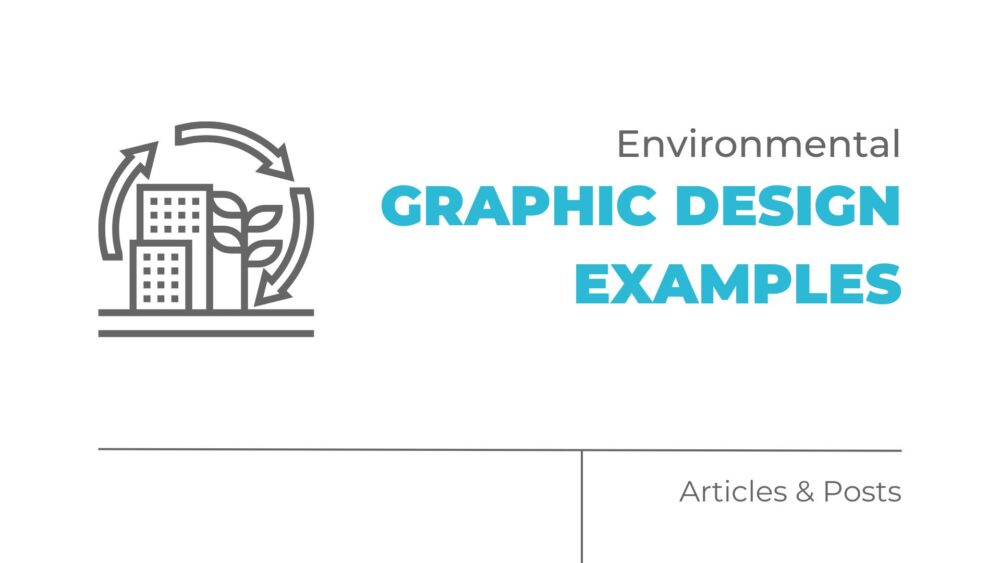Today, we’re talking about something super cool – Environmental graphic design examples.
Now, if you’re wondering what on earth that means, you’re in the right place.
Basically, it’s about using design to make spaces look amazing and easy to navigate.
Environmental design plays a big part in shaping our surroundings.
Think of those awesome murals you see around town or those signs that help you find your way in a big building.
It’s all about making places not just functional, but also really fun and interesting to be in.
So, let’s check out some awesome examples that might give you a bit of inspiration!
What Are Types of Environmental Graphic Design?
Environmental graphic design (EGD) comes in many forms, each with its own purpose:
Wayfinding Systems
These help people find their way in places like airports, hospitals, and shopping malls.
Good wayfinding systems use signs, maps, and symbols to guide visitors smoothly.
Signage and Wayfinding
These signs not only show directions but also add to the look and feel of a space.
Exhibit Design
You’ll find this in museums, galleries, and trade shows.
Exhibit design uses graphics and space to create displays that are both informative and interesting.
Placemaking and Identity
This type of design creates a unique sense of place, often reflecting local culture and history.
It includes public art installations, murals, and themed environments.
Public Installations
These are made to engage the public and can be found in parks, plazas, and urban spaces.
They often include interactive elements and can range from sculptures to digital displays.
Knowing these types helps you see how environmental graphic design can change spaces and make them more user-friendly.
Now, let’s look at some specific examples of environmental graphic design in public spaces.
What Are Some Examples of Environmental Graphic Design in Public Spaces?
Public spaces are great for environmental graphic design, offering lots of opportunities to inform, direct, and inspire people.
Here are some standout examples:
1. High Line, New York City
The High Line is a great example of urban renewal with style.
This elevated park uses signage and wayfinding systems that fit right in with the gardens and art installations, helping visitors find their way while enjoying the scenery.
2. Pike Place Market, Seattle
Pike Place Market’s signage is legendary.
The neon “Public Market Center” sign isn’t just a marker; it’s a cultural icon.
Throughout the market, colorful signs and murals help visitors navigate and celebrate the market’s rich history and vibrant community.
3. The Eden Project, Cornwall
At The Eden Project, environmental graphic design is all about educating visitors on biodiversity and sustainability.
The signs, interactive exhibits, and wayfinding elements make learning about the environment fun and engaging.
4. Millennium Park, Chicago
Millennium Park is packed with cool design elements, including the famous “Cloud Gate” sculpture, aka “The Bean.”
The park’s wayfinding system is easy to use, guiding visitors to attractions like the Crown Fountain and Jay Pritzker Pavilion with clear signs and helpful art installations.
5. The London Underground
The London Underground is a classic when it comes to effective wayfinding.
The iconic roundel signs and the Tube map are admired worldwide for their simplicity and functionality, helping people navigate the busy transit system with ease.
These examples show how environmental graphic design can make public spaces more navigable, informative, and visually appealing.
Famous environmental graphic designers have left their mark on these projects, bringing their creativity and expertise to life.
At the End of the Day
Environmental graphic design examples show how thoughtful design can improve our everyday environments.
From wayfinding systems to public installations, these designs make public spaces easier to use and more enjoyable.
Understanding the various types of environmental graphic design helps appreciate the variety in this field, while real-world examples highlight its practical uses.
For businesses and organizations, working with experienced designers can lead to creative solutions that make spaces more functional and visually interesting.


Comments are closed.